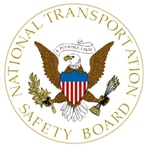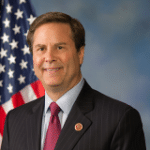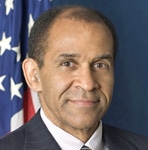
The NTSB is conducting a detailed examination of the engineer’s cell phone calls, texts, data and cell phone tower transmission activity records from the phone carrier; and records from Amtrak’s on-board Wi-Fi system.
Analysis of the phone records does not indicate that any calls, texts, or data usage occurred during the time the engineer was operating the train. Amtrak’s records confirm that the engineer did not access the train’s Wi-Fi system while he was operating the locomotive.
To determine whether the phone was in “airplane mode” or was powered off, investigators in the NTSB laboratory in Washington have been examining the phone’s operating system, which contains more than 400,000 files of meta-data. Investigators are obtaining a phone identical to the engineer’s phone as an exemplar model and will be running tests to validate the data.
The engineer provided the NTSB with the passcode to the cell phone, which allowed investigators to access the data without having to go through the phone manufacturer.
Last year the NTSB lab processed about 80 personal electronic devices and more than 40 cell phones. The phone records analysis of the Amtrak 188 investigation has been more complicated than anticipated because the phone carrier has multiple systems that log different types of phone activity, some of which are based in different time zones. Investigators worked with the phone carrier to validate the timestamps in several sets of records with activity from multiple time zones to correlate them all to the time zone in which the accident occurred, Eastern Daylight Time.
NTSB’s Amtrak 188 accident webpage has links to all of the reports, videos, images, testimony and other related materials can be accessed: http://go.usa.gov/38MUB.
 At least seven people were killed and over 200 people hurt after an Amtrak train, carrying 238 passengers and five crew members, derailed and rolled onto its side in the Port Richmond section of Philadelphia Tuesday night, according to officials.
At least seven people were killed and over 200 people hurt after an Amtrak train, carrying 238 passengers and five crew members, derailed and rolled onto its side in the Port Richmond section of Philadelphia Tuesday night, according to officials.

